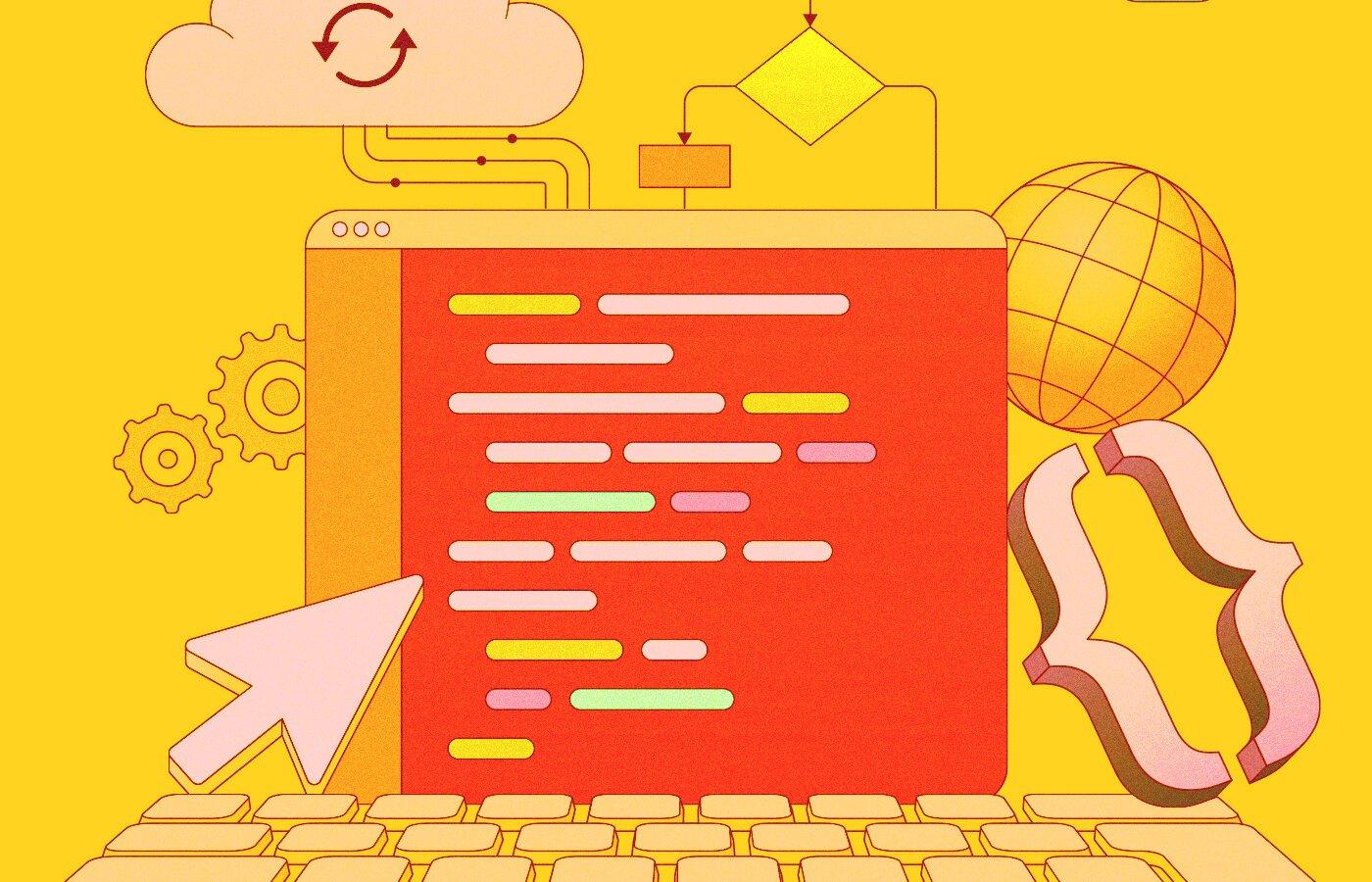blog
The Future of App Development: What Business Leaders Should Actually Be Thinking About
By Mohan S Business App development Customer Experience June 9, 2025

App development has matured. The stakes are higher, timelines are shorter, and expectations are brutal. If you're running a business in Singapore today, you're not just looking for an app, you're building a digital asset that drives growth, ops efficiency, or customer experience.
The question isn't “Should we build an app?” but “What does the next generation of app development actually look like, and how do we align with it before our competitors do?”
Let’s skip the buzzwords and get into what matters.
1. From Project to Product: Shift Your Mental Model
Too many apps are still scoped like projects, finite, fixed-budget, one-and-done builds. That mindset’s obsolete.
Today, the most valuable apps are treated like products: constantly improved, updated based on feedback, and aligned with evolving user behavior. If you’re still scoping app development like a contractor job, you’re already behind.
Mindset shift: Stop thinking MVP. Start thinking MLP, Minimum Lovable Product, and commit to iteration.
2. Composable Architecture Will Beat Monoliths
The future is modular. Instead of large, inflexible codebases, modern apps are built using composable architecture: loosely coupled, independently deployable services that can scale (or be replaced) without breaking everything.
This has real implications: 1. Faster updates without full redeploys, 2. Easier integration across tools and APIs, and 3. Better resilience, failures are isolated
It also means your tech team needs to think like system architects, not just engineers.
3. Generative UX Is Coming for Frontend
Frontends are getting smarter, and more dynamic.
With AI and LLMs integrated into interfaces, expect apps to start shaping themselves based on user intent, not just static design. Think real-time dashboards that evolve with usage, workflows that auto-adjust based on patterns, and interfaces built via prompt rather than code.
Implication: Design systems must account for partial autonomy. UX teams should prepare for prompt-based design testing, not just A/B flows.
4. Low-Code/No-Code Isn’t a Gimmick, But It’s Not a Silver Bullet Either
Yes, business teams are using tools like Retool, Bubble, or Appsmith to spin up internal tools in days. No, it’s not the death of engineering.
Low-code will own internal workflows, admin dashboards, and MVPs, freeing up engineering teams to focus on complex logic, performance, and secure integrations.
If you're still burning engineering hours on CRUD admin panels, you're wasting talent.
5. AI Isn’t Just a Feature, It’s Infrastructure
Too many business leaders ask, “Can we add ChatGPT to our app?” That’s the wrong question.
AI isn’t a feature layer. It’s a foundational infrastructure shift, impacting search, recommendations, fraud detection, personalization, summarization, and more.
Start thinking - how can AI reduce support ops? Can we use models for real-time personalization? And Can internal data power private GPT-style tools?
If you're not already training your teams to understand embeddings, vector databases, and prompt chaining, you're behind.
6. Post-App Strategy: Beyond the Icon
Mobile usage is plateauing. App fatigue is real. Users are deleting apps, not adding them. Smart businesses are shifting from “build an app” to “build an ecosystem.”
That means:
Web apps optimized for mobile (PWAs are back in vogue)
Embedded experiences (think WhatsApp commerce, WeChat mini-programs)
APIs and SDKs that extend your service into other platforms
The point? You don’t always need a full app. Sometimes, showing up inside someone else’s app is smarter.
7. What This Means for Business Leaders
Here’s how to make this actionable:
Treat your app like a living product, not a one-off project.
Build with the expectation that user needs will evolve, ship early, collect feedback, and iterate constantly.Budget for iteration, not just launch.
Allocate resources for post-launch development, not just initial build costs, real product-market fit often comes in version 2.1, not 1.0.Invest in modular builds, not tech debt-ridden monoliths.
Push for composable architecture from day one so your teams can ship faster, swap parts out, and scale without friction.Use AI strategically, not as a bolt-on.
Identify real business problems where AI models can deliver efficiency or intelligence, automate workflows, personalize experiences, or augment decision-making.Reassess your distribution strategy, the future might be API-first, not app-first.
Explore whether your value can be embedded into other platforms (e.g., chat, marketplaces, partner apps) instead of forcing standalone downloads.Upskill your teams in product thinking, not just delivery.
Encourage cross-functional thinking across product, design, and engineering, success now depends on teams owning outcomes, not just shipping features.
Final Thoughts
Apps are no longer optional. But the way we build them, and where we deploy them, is being rewritten in real-time.
If you’re leading a premium brand or enterprise, the opportunity isn’t just to build software, it’s to engineer leverage.
And the smartest businesses aren’t asking “Should we build it?”
They’re asking “How do we make this evolve faster than our competitors can copy it?”


